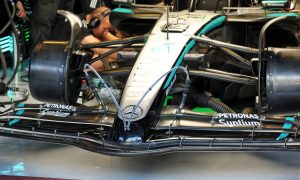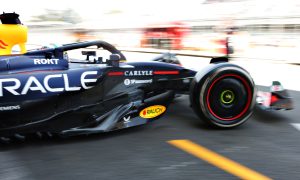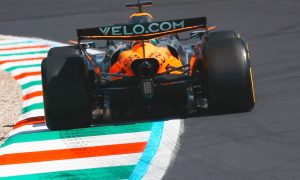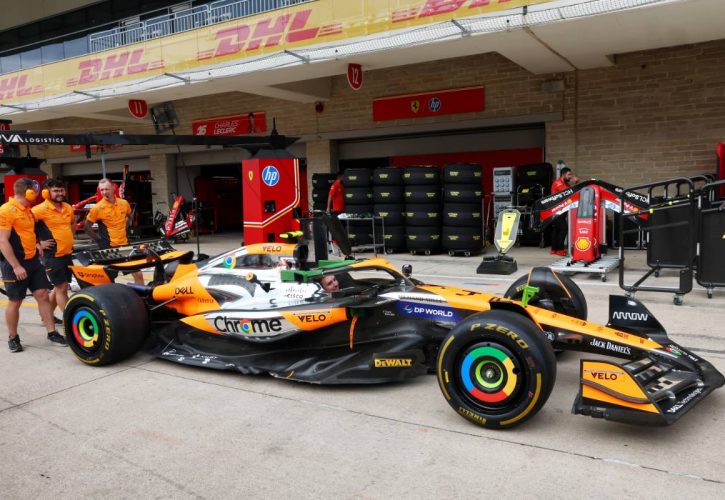
As the 2024 season enters its final stretch, F1 teams enter are reaching the end of their development programs for the year.
However, the field arrived in Austin with a healthy number of updates in their crates, especially Mercedes who revealed ahead of the US Grand Prix that its final upgrade package would be substantial.
However, McLaren has also implemented a raft of changes on its MCL38 while Ferrari and Williams are the only teams that have not added any updated components to their designs.
Red Bull Racing has introduced two key upgrades for the US Grand Prix. The floor edge now features increased camber over the rear third, generating more local load while maintaining airflow stability. Additionally, the coke/engine cover has been re-profiled for better cooling efficiency, reducing reliance on louvre openings and enhancing aerodynamic performance at the Circuit of the Americas.
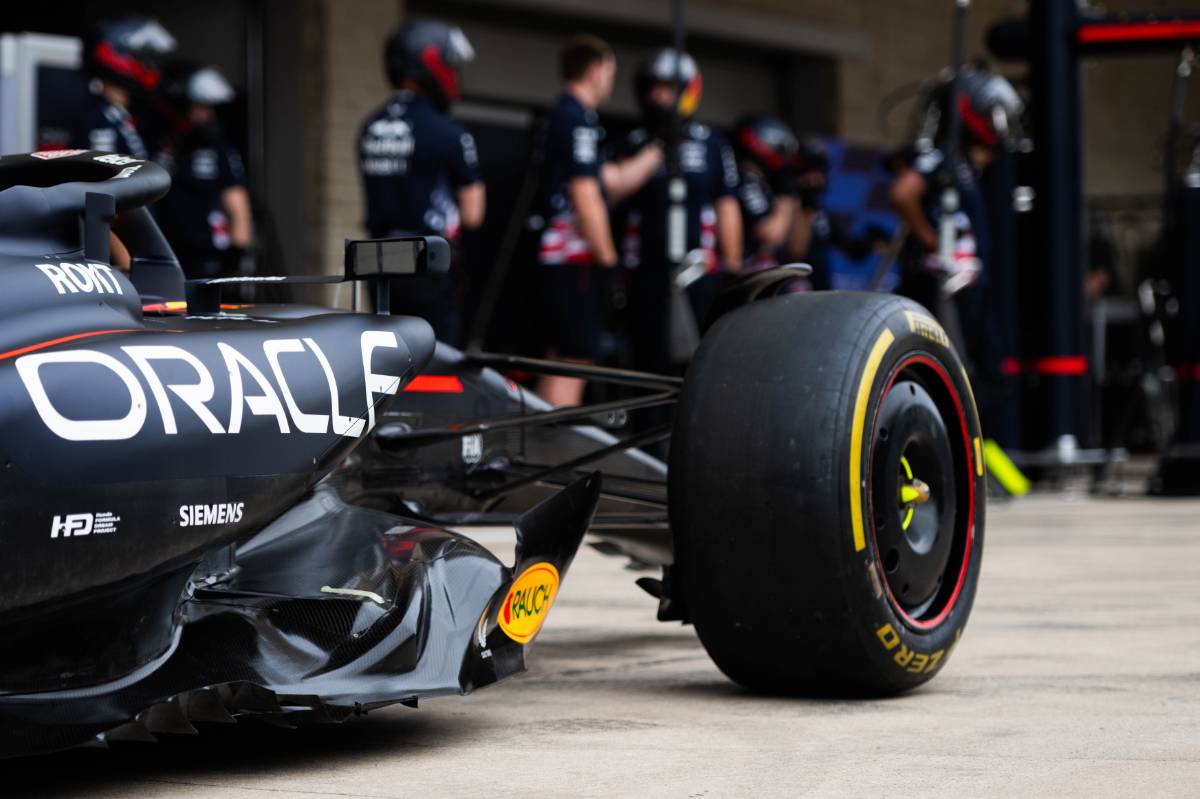
Mercedes has introduced several key upgrades for the US Grand Prix, aimed at improving both aerodynamic performance and cooling efficiency. The front wing features a revised flap twist distribution, reducing front wing wake and enhancing rear downforce.
The front suspension has a re-profiled upper wishbone fairing, improving airflow to the rear of the car. An additional vane element on the floor edge boosts mass flow under the forward floor, enhancing floor load.
The sidepod inlet's lower lip has been moved rearwards, optimizing cooling by improving airflow alignment. Further cooling improvements come from additional exits near the rear suspension. Lastly, the floor fences have been re-profiled to better manage local pressure distribution and vorticity, improving both local and downstream aerodynamic load.
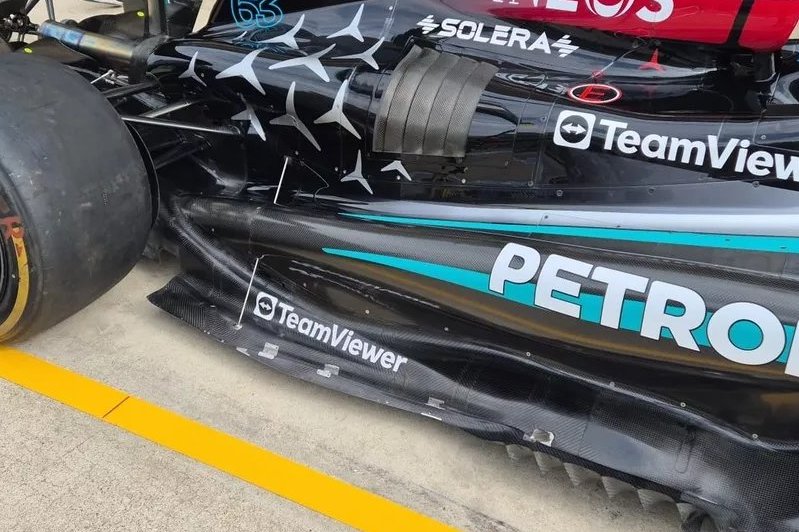
Championship leader McLaren's list of modification for its MCL38 includes a new front wing geometry and front suspension designed to work together to improve airflow and enhance aerodynamic load. Updated front brake ducts complement these changes, improving overall flow.
For tracks with low brake cooling demands, a reduced cooling front brake duct further enhances aerodynamic load. At the rear, the rear suspension fairings have been modified to improve flow quality across varying conditions.
Additionally, a reworked rear brake duct cooling exit has been introduced to boost cooling performance. A single-element beam wing has also been added, aiming to reduce drag while maintaining a high-downforce setup. These upgrades are designed to optimize performance in both aerodynamic and cooling aspects.
McLaren also revealed that it had made changes to its full array of rear wings, to avoid any further controversy regarding its mini-DRS concept.
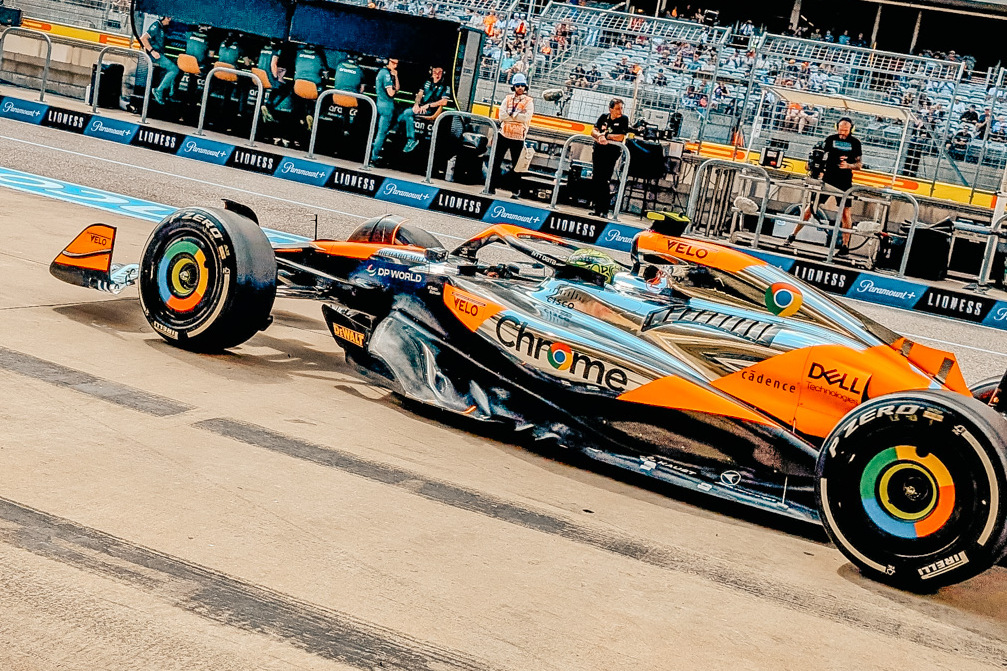
Aston Martin is among those that has implemented a significant number of changes on its AMR24, starting with the car's front wing that features a revised twist distribution and a new flap, working with updated endplates to enhance spanwise wing loading.
Revised coke/engine cover bodywork with a different coke line and simpler upper shoulder optimizes airflow under the floor, increasing load. The main body of the floor and floor edge have been developed to improve the flowfield under the car, enhancing performance.
Additionally, small changes to the diffuser's roof and sidewall further contribute to boosting load on the lower surface of the car. Together, these upgrades aim to significantly improve the car's aerodynamic efficiency across multiple areas.
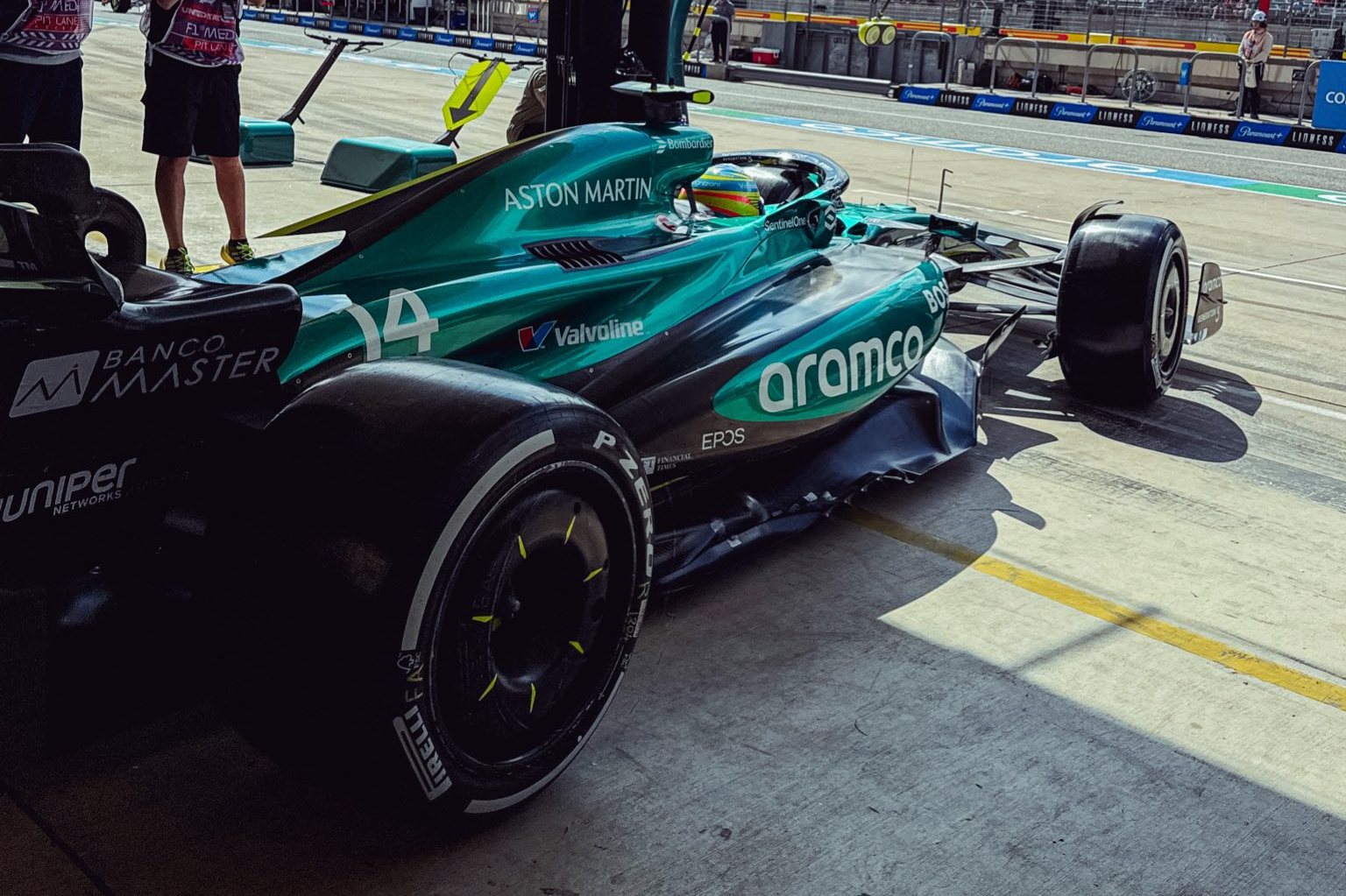
Visa Cash App RB has introduced a revised floor body for the US Grand Prix. Changes to the underfloor profile and its interface with the chassis aim to increase local downforce and reduce losses in the underfloor structures, enhancing overall aerodynamic performance.
Haas' VF-24 now has a sidepod inlet that features a deeper undercut to improve airflow toward the rear of the car, aiding balance. The floor body has been revised with new expansion and diffuser geometry to increase front-floor suction and rear extraction, improving downforce.
To complement this, floor fences have been realigned to manage different airflow features. A new floor edge wing design further enhances extraction from the floor. The rear corner now includes an additional upwashing element for better rear-end performance.
Additionally, a larger central exit in the engine cover and updated cooling louvers help improve cooling efficiency while minimizing drag penalties.
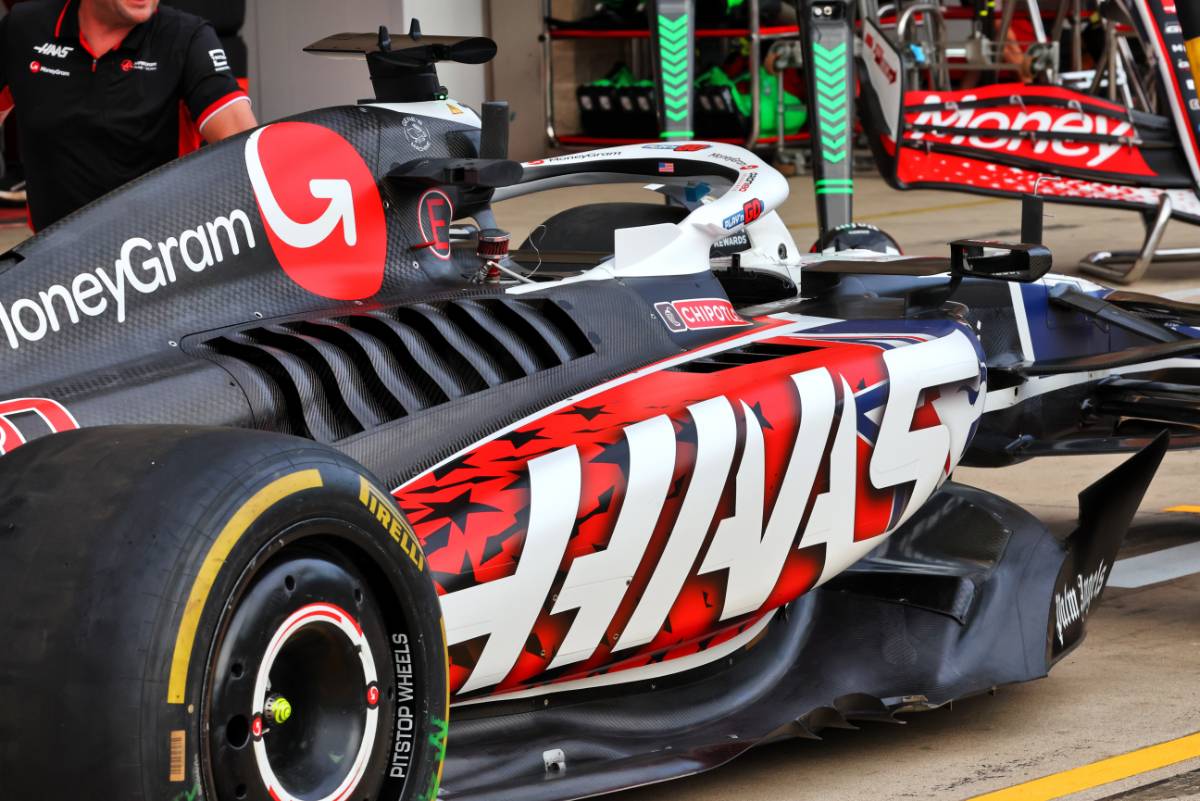
Alpine is still working on enhancing the aero performance of its A524 contender. The car's floor body and floor edge have been re-profiled to improve underfloor flow and increase load generation.
The coke/engine cover features a reshaped design for better flow conditioning and interaction with the car's floor and rear. Additionally, a re-profiled rear wing provides more efficient rear wing loading, aimed at improving overall performance on this specific track.
However, so far, only Pierre Gasly's car has been the recipient of the Enstone squad's new elements.
Sauber has introduced significant upgrades for the US Grand Prix, focusing on enhancing airflow and overall car performance. The front wing features updated geometries to improve front tire flow structures, positively impacting the car's downstream airflow and increasing overall downforce.
In conjunction with the new wing, the front suspension covers have been realigned to ensure clean flow features. Additionally, the rear suspension has received an upgraded top wishbone cover that improves local flow conditioning.
The upper rear brake duct deflectors have also been revised to enhance efficiency and promote better interaction with the updated components, contributing to improved performance.
Keep up to date with all the F1 news via Facebook and Twitter



